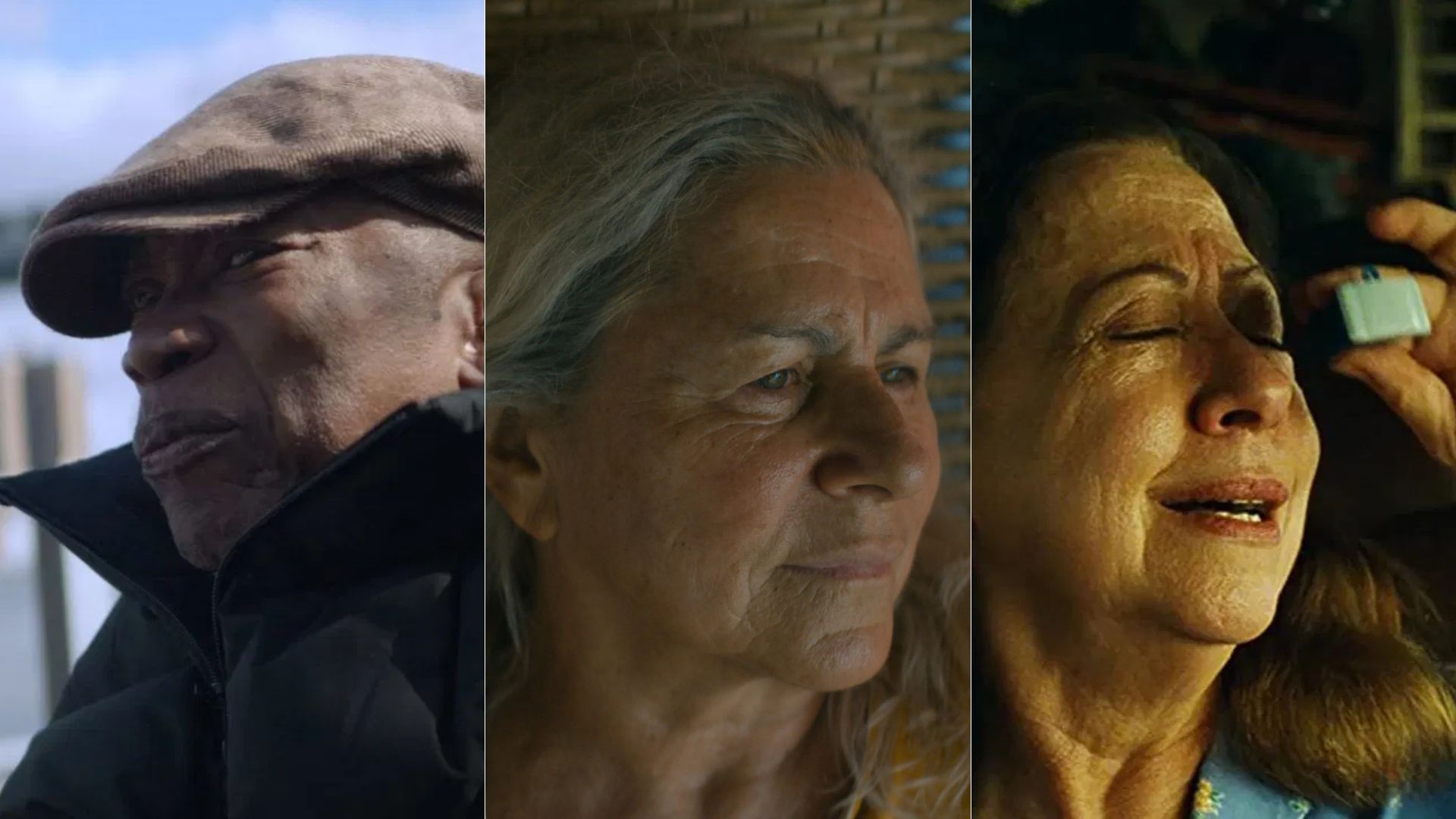Oppenheimer: Christopher Nolan’s new film is in theaters
This July 19, Christopher Nolan made his big comeback to the cinema with his new event film: Oppenheimer. The feature film, as the title suggests, is presented as a historical biopic dedicated to J. Robert Oppenheimer, the emblematic and controversial American physicist. The film explores Oppenheimer’s life and career, a key man in the development of the first atomic bomb during WWII.
From this promising scientist’s career to his involvement in the Manhattan Project and his leading role in America’s nuclear program, the film delves into the complexity of his personality and examines the moral dilemmas and devastating consequences of his scientific breakthroughs.
The opportunity during its three hours to cross important historical figurines of the time. Small anthology of the characters, and who embodies them on the screen.
Oppenheimer’s True Historical Figures

- J. Robert Oppenheimer, nicknamed the “father of the atomic bomb”. He played an integral role in the Manhattan Project, which led to the development of the first atomic bomb during World War II. His scientific genius was remarkable, but his involvement in the creation of this devastating weapon has been marred by moral dilemmas and controversy. His complex legacy remains the subject of fascination and debate in the fields of nuclear physics and military history. He is played in the film by Cillian Murphy.

- Lewis Strauss (Robert Downey Jr.): As a member of the Atomic Energy Commission, Strauss opposed Oppenheimer, accusing him of possible ties to Communists during the war. This animosity came to a head during Oppenheimer’s 1954 security hearing., where Strauss argued for the removal of the latter’s safety. This case created divisions within the scientific community and was one of the reasons for the controversy surrounding the famous physicist’s career.

- Katherine “Kitty” Oppenheimer (Emily Blunt): J. Robert Oppenheimer’s wife and ally. Biologist, she has also contributed to medical and scientific research. Though discreet, she played a central role in her husband’s career.

- Leslie Groves Jr. (Matt Damon): US Army general, is a key figure in the Manhattan Project. As project director, he was responsible for overseeing the development of the first atomic bomb during World War II. Under his strict direction, the project led to the creation of the bomb which was later dropped on Hiroshima and Nagasaki, marking a decisive turning point in world history. His role as an energetic and determined leader was essential to the project’s success and helped shape the fate of the nuclear age.

Oppenheimer: Did you recognize Gary Oldman?

- Jean Tatlock (Florence Pugh): brilliant doctor and psychiatrist, she had a passionate romantic relationship with Oppenheimer, from their meeting in 1936 in Berkeley until his suicide in 1944. He would have proposed to her twice., which he declined. The fact that Jean Tatlock was an active member of the Communist Party in the United States was used against Oppenheimer during his 1954 hearing.

- Ernest Lawrence (Josh Hartnett): American physicist and winner of the 1939 Nobel Prize in Physics. He played an important role in the development of nuclear technology during World War II. He is best known for inventing the cyclotron, a particle accelerator that has opened up new perspectives in nuclear physics and enabled important scientific advances. Under his direction, Lawrence Berkeley National Laboratory played a key role in the Manhattan Project, contributing to atomic bomb research and development.

- Isidor Rabi (David Krumholtz): Polish-born American physicist, was an important figure in the development of nuclear technology during World War II. He made important contributions to research on the properties of atomic nuclei, which has made it possible to better understand nuclear reactions and to progress towards the creation of the atomic weapon. He was awarded the Nobel Prize in Physics in 1944 for his contributions to atomic physics.

- David L. Hill (Rami Malek): Physicist associated with the University of Chicago Metallurgical Laboratory during the Manhattan Project. He played an important role in early nuclear research. He was one of the scientists who built the Chicago Pile, the world’s first man-made nuclear reactor. In 1945 he was one of 70 scientists to sign the Szilárd petition asking President Truman to warn the Japanese before the use of the atomic bomb.
After the war, he received his doctorate in nuclear physics from Princeton University in 1951. He was an assistant professor at Vanderbilt University, then from 1954 to 1958 he worked as a theoretical physicist at Los Alamos National Laboratory. In 1959, Hill served as president of the Federation of American Scientists and testified before the US Senate Commerce Committee. to oppose the appointment of Lewis Strauss as Secretary of Commerce. His testimony led to the rejection of Strauss’s nomination by the Senate. This sequence is also one of the most striking in the film.
Source: Cine Serie
Ray Ortiz is a journalist at Gossipify, known for his coverage of trending news and current events. He is committed to providing readers with accurate and unbiased reporting, and is respected for his ability to keep readers informed on the latest news and issues.









